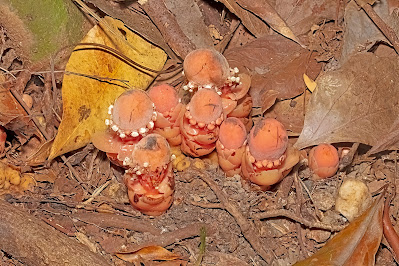Adventures of Rodney and Me
by Barbara Foster-Rentz
Barbara has produced a children's book highlighting 41 years of living with an Eastern Long-necked Turtle Chelodina longicollis. The main theme of the book is to demonstrate that even turtles have personalities and can relate to humans more than we give them credit for. Rodney-the-turtle is a part of our family and spends life interacting with us more in the house than in his private tank. This book conveys his many "adventures".
The Adventures of Rodney and Me is attractively and cleverly illustrated by Kai Hagberg. He has captured perfectly the personalities of both of the subjects. The book is 30 x 30 cm, a large format, on child-friendly glossy paper and is meant for very young children to about the age of 14. Ideally the book will be read to youngsters by parents until such time as the child can read it on his or her own.
The book is written as a dialogue between the author, Barbara, and Rodney-the-turtle, using emojis to convey who is talking. There is even Rodney's Song which children and their parents will enjoy performing. The book concludes with a Fun Facts Glossary explaining the "technical" terms used in the body of the book. There is a section on Famous Pet Rocks relating to Rodney's favourite rock.
There are not many books about keeping turtles as interactive pets and importantly, making life pleasant for them. Readers will discover that turtles do indeed have personalities and can recognise certain people and respond to their voices and footsteps.
The book is available from Rodney's website: https://rodneyandme.com/
Australia's Incredible Insects
by Jessa Thurman
Jessa Thurman has produced an extraordinary book highlighting most of Australia's iconic insects. The book is published by Australian Geographic and has an innovative layout featuring dozens and dozens of photos taken by Jessa and many other photographers.
Jessa has produced a fantastic book whilst being a graduate student in Entomology at the University of Queensland, Brisbane. The book is written for young "wannabe" entomologists but every biologist will want to have a copy for ready reference.
The Introduction describes what an insect is and how it differs from other creatures such as spiders. There are clear illustrations of the basic parts of an insect with colour blocks setting off the parts from several unrelated insect examples. Following the Introduction there is a page briefly discussing the place of insects in the world and the way insects are classified. The following page delves into insect development with excellent examples illustrating Complete and Incomplete Metamorphosis.
The Chapters are not arranged "phylogenetically" but commence with the largest group of insects-the Beetles. Within each chapter there is a map showing the geographic distribution of the species discussed and often a "Fact" octagon highlighting some feature of the insect.
The book is written in "refreshing" language that is targeted to children. With a little luck it will intrigue young adults and may even lure them away from their hand phones and tempt them to go outside to see what nature has to offer while it is still there.
The book is a valuable contribution and the many fantastic photos will attract a broad audience. It is produced in large format and comprises 110 pages.
The book is available at: https://www.jessathurman.com.au/
























